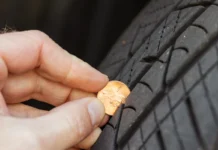
Having a personalized car is always good, but summer is the best time for that, those few months when we travel more and have the opportunity to show off our vehicle. Decorating a car with style, elegance, and a reasonable price is not easy, but thanks to various products in the market, it is not an impossible mission. In this article, we will provide you with some tuning ideas to mark your personality on wheels without leaving penniless.
How to tune your car?
Car tuning involves improving performance beyond factory standards. The first step is to increase engine power, which requires several other enhancements. Those are changing the transmission to deliver more power, changing brakes to effectively stop faster vehicles, harder suspension and larger tires for stability, reinforcing the chassis while facilitating the entire vehicle, etc. Failure to do so will result in a powerful engine that will not be able to carry that power adequately because the other assemblies won’t be able to withstand it.
When you make a beast out of an ordinary car, you will want everyone to know, at first glance, that it is not just an average car! Complete visual remodeling is car styling and is closely related to tuning. Many add-ons for performance also affect visual experience. Spoilers are used primarily to increase aerodynamics, but also give the car an aggressive look. Besides being an attractive detail, the tail at the rear end serves to increase stability at high speeds. Large aluminum wheels, which adorn every sports car, are lighter than ordinary steel, which relieves the unit and reduces unshakable mass.
Every engine can be tuned because many trade-offs have been made during design and production. Starting with the price-quality ratio, adjusting the power to the size and purpose of the car, and especially the cost savings of manufacturing, where the same unit is fitted to a large number of models with certain modifications.
Higher power means more load on aggregate assemblies, more significant wear and tear on moving parts, and less service life, making “civilian” cars one of the essential features as opposed to sports ones. Ferdinand Porsche has defined the nature of sports cars: “The car-racing unit has to endure the race, take the honorary lap and immediately break down. If the engine is still running, it means that the maximum has not been extracted from it and that it can give better results.”
Pushing the factory limits of a car does not mean that you will reduce your car’s life to “one race.”
The following are some of the basic types of tuning, without going into the many technical details. You should bear in mind that the best results are obtained by combining some adjustments, and that depends on the desired results.
1. Customized car plates

Are you thinking of customizing your car plates? You can do it in such a way that they resemble the real license plates, with sizes and colors very similar to the real ones. You only need to write the text that you would like to appear on the license plate, occasionally reduced by the dimensions of the design or the registration system you have chosen.
You can create license plates from many countries and territories in the world, both standard and personalized license plates, as well as historical or unrecognized territories.
A new list has been released by CarReg private number plates where you can search and buy very short private number plates online.
2. Chip Tuning
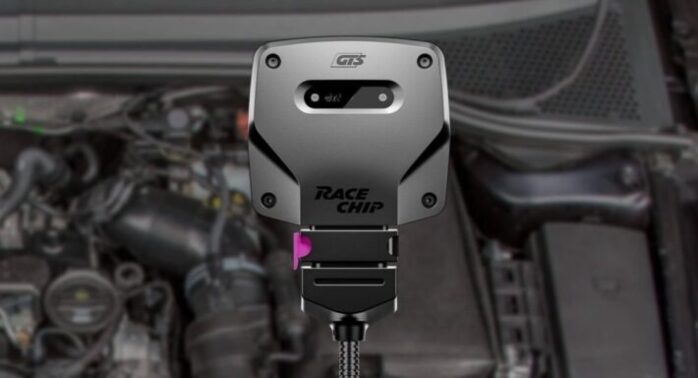
It is the simplest and cheapest form of tuning available mainly to newer cars where the electronics control all the parameters of the unit’s operation. The process consists of removing the chip, reprogramming it, or replacing it with another. The new chip has other control parameters (mixture ratio, ignition angle, etc.) that directly affect the performance of the unit. That can increase power, reduce power consumption, change power distribution, and many other changes to accommodate tuning upgrades.
3. Air filter
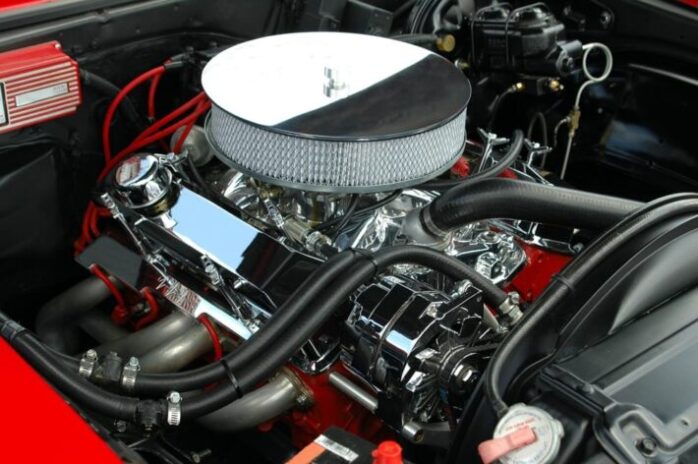
The high-flow filter will not have much effect on improving the driving performance of the car; it can even diminish it. The fantastic sound that comes with incorporating a sports filter can trick many into increasing power and making the engine “sing.” Increasing the amount of air in the mixture should be accompanied by a higher amount of fuel and vice versa. If the ratio of gasoline is disturbed, the engine power is also reduced due to worse or incomplete combustion.
4. Exhaust system
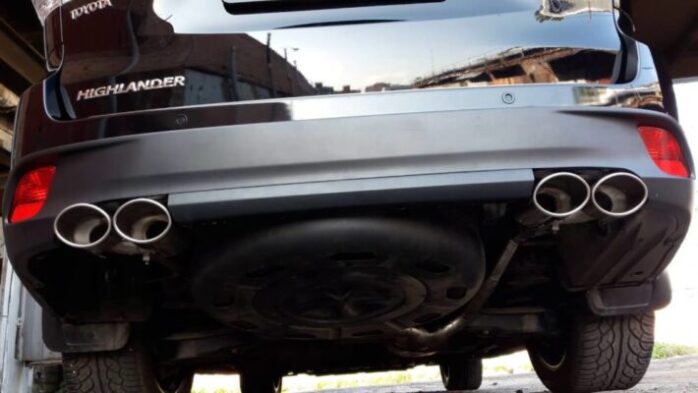
Increasing the amount of mixture inside the cylinders necessarily entails changes to the exhaust system, which now needs to remove more exhaust from the engine. Just changing the back of the pot can be done enough because of the characteristic sound it produces, but it is only the last feature when it comes to the exhaust tuning.
When the exhaust valves are opened, the high-pressure gases exit the cylinders, and if they encounter any obstruction, they create a back pressure that loads the piston and the entire engine. The perfect combination would be a sports exhaust that produces very little gas resistance. The specialized factory branch has been working on creating some resistance used at lower rpm. At high rpm, any back pressure is undesirable.
Only after changing the branch can the pipe diameter and the rear pot be changed depending on the cubic capacity and engine power.
As the amount of the mixture increases, a sufficiently high flow rate to the compression space must be provided. With engine head interventions, the desired effect can be achieved in two ways. It is less expensive by installing a sports camshaft that has “sharper” cams and results in a deeper opening of the intake and exhaust valves, creating more significant space for gas flow. Another way that requires more intervention and money is to inflate the head and install larger diameter valves through which the engine will be able to “breathe” more readily. The best results for extreme pitching are achieved by combining the two operations.
5. Nitro kit
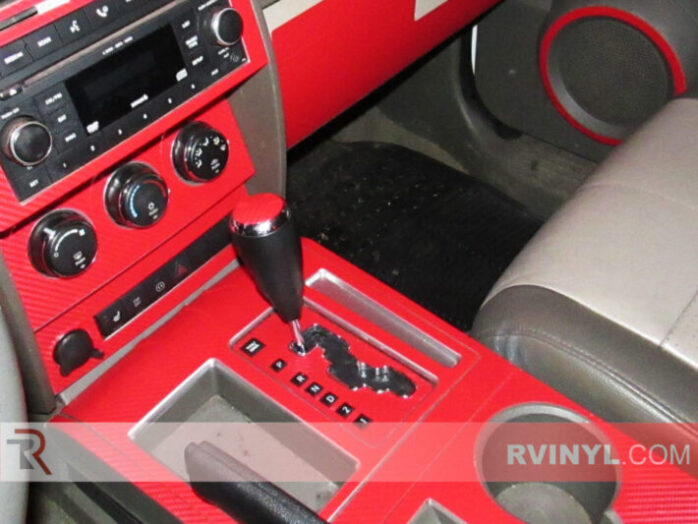
The use of nitro oxide is the most popular form of tuning and increasing engine power. Its application enables faster combustion of larger quantities of fuel. Nitroxide has a much higher percentage of oxygen than ordinary air and accelerates the combustion of the mixture. Nitrogen has two functions – to prevent instantaneous explosions generated by oxygen and to draw away some of the heat released by combustion.
6. Turbo Kit
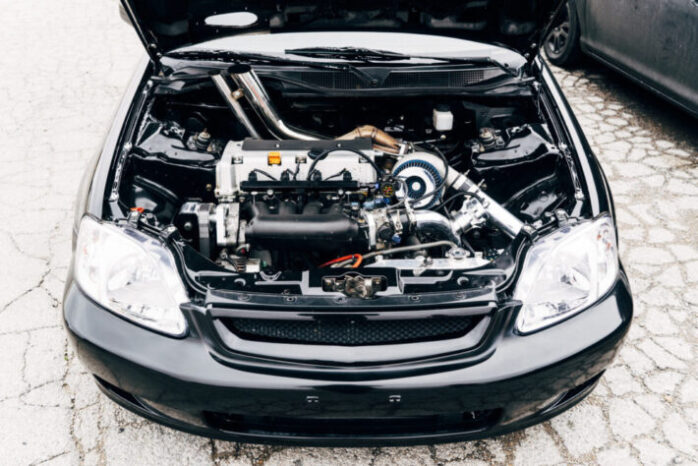
It is one of the more natural ways to get a desirable amount of horsepower. It can be installed in almost any engine but requires a high level of expertise and quality parts. The turbine is most often tied to the engine exhaust, but there are still mechanical and electro-turbines. At the other end of the turbine is a high-pressure compressor that pumps air into the engine. That is where we return to the beginning of the story, and the basis of the increase in engine power – more mixture (fuel and air) means more pressure on the pistons when combusted and more power. In addition to the turbine, it is also necessary to install an air intercooler because of the high demand, the air is heated, which reduces performance.
7. Interventions within the engine itself
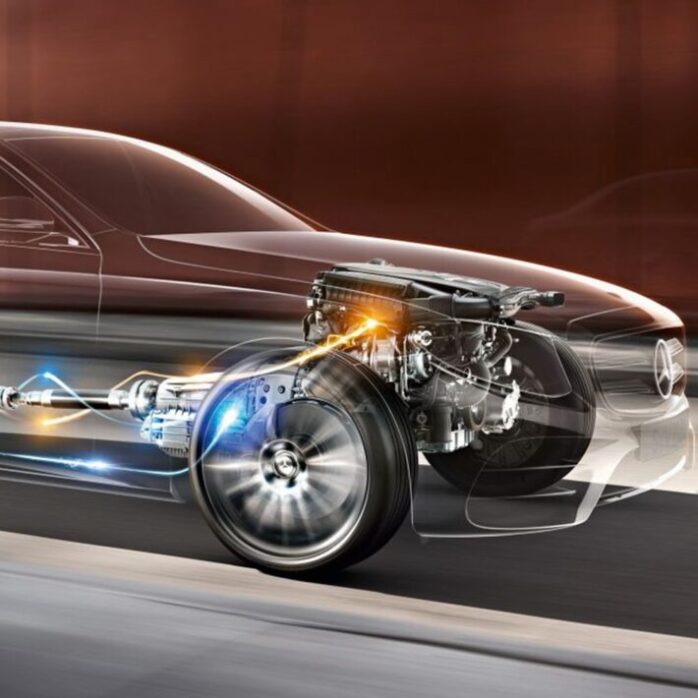
There is a lot you can and need to change inside the engine when you start tuning. When you increase the number of horsepower by all the methods outlined so far, many of the parts inside the engine need to be replaced with better quality ones so they can withstand the extra power. In addition to higher quality materials, you can improve performance by using lighter parts (pistons, piston rods, etc.), as well as increasing the compression ratio and engine volume. These interventions are among the most expensive because of the cost of components and the level of expertise required to perform them.

